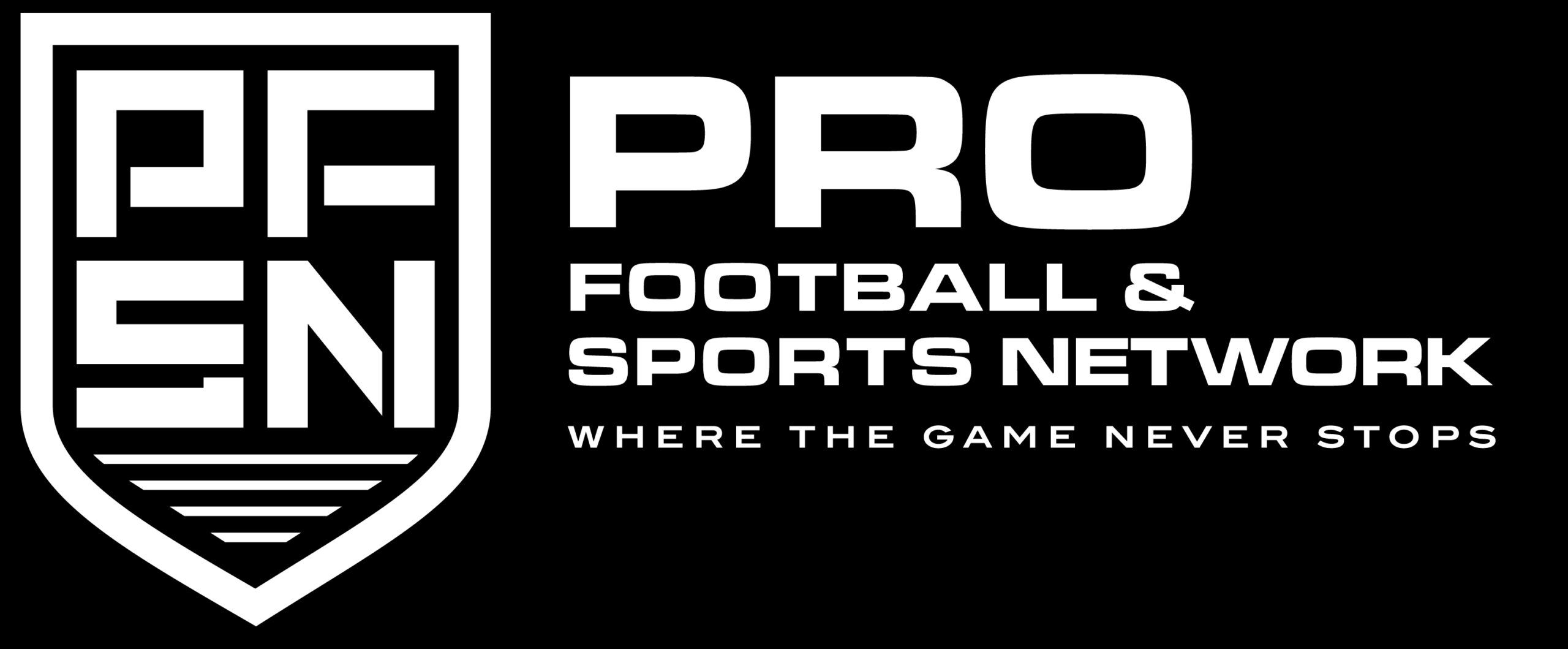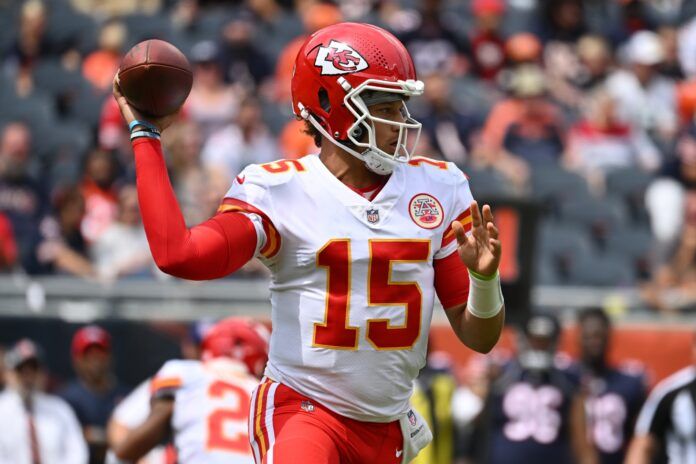As you prepare for your fantasy football season, one of the most important aspects is knowing the quirks associated with the site you are drafting on. Whether it is ESPN or one of the other sites, each will have subtle differences.
Therefore, we have assembled an ESPN cheat sheet for you to reference during your fantasy football drafts. We will examine the lineup requirements and scoring system of a standard ESPN league, as well as look at their ADP to see if there are particular players to target or avoid.
If you are looking to ask specific questions about your ESPN league, be sure to join our free Discord server, where our analysts will be dropping in to answer your questions. All ADP numbers in this article were taken from FantasyPros and correct at the time of writing (Aug. 17, 2022).
ESPN fantasy football cheat sheet | Hints and tips to help you win your league
The first thing to know when planning for your ESPN draft is whether your league is a site standard format or if your commissioner has customized the settings. The reason it is important to know this is the impact on how things play out compared to ADP.
The site ADP is based on drafts performed using those standard settings. Therefore, any changes your commissioner introduces will alter how players’ values compare to that ADP. Knowing these subtleties around your league can help you gain an advantage over the rest of your league-mates.
ESPN fantasy football standard scoring system
The standard scoring format for ESPN is PPR. However, when you are creating or joining a league, there is an option on the page to have non-PPR format if you prefer. The rest of the scoring is fixed at league setup but is able to be changed in custom leagues. In the quick option to join a league, that scoring is set to the standard.
When it comes to passing, players get points for passing yards (0.04 points per yard), touchdown passes (4 points per touchdown), and two-point conversions (2 points). QBs also lose 2 points for throwing an interception.
When it comes to rushing, players get 0.1 points per yard, 6 points per touchdown, and 2 points for converting a two-point conversion. As well as the PPR scoring, receptions earn 0.1 points per receiving yard, 6 points per touchdown, and 2 points for a two-point conversion.
There are also various points awarded for kickers and defense. Every PAT made earns a point, while every field goal missed costs the kicker a point. The scoring for made field goals is based on distance. Kicks between 0-39 yards earn 3 points, 40-49-yard kicks earn 4 points, 50-59-yard kicks earn 5 points, and kicks over 60 yards earn 6 points.
Defenses earn points for a number of elements of the game. Touchdowns on defense or special teams earn 6 points, sacks earn a single point, while interceptions, fumble recoveries, safeties, and blocked kicks earn 2 points. There are also points based on the number of yards and points a defense gives up, with a sliding scale.
Additionally, players can also gain points for kickoff return, punt return, or fumble recovery touchdowns. Players also lose 2 points if they lose a fumble.
ESPN standard roster requirements
The standard ESPN lineup requirement is QB, RB, RB, WR, WR, TE, Flex, kicker, and D/ST. Each team also has seven bench spots to store reserves. There is also one injured reserve spot as standard.
It is also worth being aware that ESPN leagues come with limits to how many players can be rostered at a specific position. For example, managers can have a maximum of four quarterbacks, eight running backs and wide receivers, as well as three tight ends, kickers, and defenses.
It is also worth noting that the standard-sized ESPN league is 10 teams, which differs from the standard on other sites. This impacts how you read the ADP in terms of how it relates to the round a player is usually selected. Pick 60 in a 10-team league is at the end of the sixth round. In a 12-team league, it is at the end of the fifth.
If your league does have customized settings, then you can use PFN’s fantasy resources to help you understand how the value of players changes with different settings. The remainder of this article will examine the ADP that is generated from ESPN’s standard league settings to look for any players to target or avoid in your drafts this year.
ESPN ADP | Potential bargains to exploit
Early on in the draft, small differences in ADP can make a sizeable difference to the plans of fantasy managers. For example, Josh Allen has an ADP of 20 in ESPN leagues, compared to 23-26 in other formats. Therefore, if you are drafting in the back half of the second round, you may not be able to wait and take Allen after the turn as you can on other sites. Another QB is Patrick Mahomes, who has an ADP of 27 on ESPN, compared to 39-40 on other sites.
The turn is a key place to focus on when it comes to ADP. If you see a player being taken in the fourth round on one site, you may have to take them in the third round to ensure you get them.
D.J. Moore is another player who stands out. His ADP on ESPN is 32, compared to almost 10 picks later on other sites. In contrast, Ezekiel Elliott has an ADP of 38 on ESPN, compared to the mid-20s or early-30s on other sites. If you are targeting Elliott, you may be able to wait until the fourth round to move on him, as opposed to drafting him in the third.
RBs appear to present a relative value on ESPN
Several running backs present intriguing values on ESPN. Below is a list of players with a consensus ADP inside the top 100 who are going, on average, at least 10 picks later on ESPN than their consensus PPR ADP on FantasyPros.
- Travis Etienne, JAX
ESPN ADP: 56; Consensus PPR ADP: 45.3 - Elijah Mitchell, SF
ESPN ADP: 66; Consensus PPR ADP: 50.8 - Clyde Edwards-Helaire, KC
ESPN ADP: 82; Consensus PPR ADP: 65 - AJ Dillon, GB
ESPN ADP: 97; Consensus PPR ADP: 66.7 - Damien Harris, NE
ESPN ADP: 87; Consensus PPR ADP: 69.3 - Tony Pollard, DAL
ESPN ADP: 92; Consensus PPR ADP: 81.7 - Rashaad Penny, SEA
ESPN ADP: 115; Consensus PPR ADP: 84.7 - Chase Edmonds, MIA
ESPN ADP: 113; Consensus PPR ADP: 93
Of course, that does not mean you should target all of these players. To see each player’s consensus ranking at PFN, check out our 2022 fantasy PPR rankings.
Are there any QB values to target on ESPN
When you compare the ADP among the QB position on ESPN to the other sites, only Joe Burrow stands out. The Bengals signal-caller is currently being selected as the 10th QB off the board, compared to being a top-six selection on other sites. In terms of the overall draft board, Burrow’s ADP is 70 on ESPN, while it is in the 53-64 range on other sites. Burrow’s return from injury during training camp could see his ADP rise as we get closer to the season.
Burrow is the only top-12 QB to present a value on ESPN. The other QBs are either going slightly above their consensus ADP or around a similar value. One thing to note is that there appears to be a run on QBs in the sixth and seventh rounds. Between picks 55 and 70, six QBs are taken on average.
What does the WR landscape look like on ESPN?
When you look at the top 40 receivers taken off the board in ESPN leagues, there is not a lot of value compared to consensus ADP across the other sites. Elijah Moore at WR35 seems to be the biggest “value.” His ESPN ADP is 106, compared to 86.5 across all other sites.
Elsewhere, the ESPN WR ADP largely mirrors the consensus, with only slight deviations by half a round or so. If anything, you tend to see WRs going earlier on ESPN than across the other sites.
TE values on ESPN largely mirror the consensus
As we round out our ESPN fantasy football cheat sheet, it is the tight end position we focus on. Much like at WR, the tight end position tends to mirror quite closely to the consensus. Any deviation is by four to five picks. The biggest difference inside the top eight at the position is Dalton Schultz, who has an ADP of 53 on ESPN and 62.5 when it comes to the consensus ADP.
If you are targeting a later-round tight end, things tend to diverge outside the top 100 selections. Dawson Knox appears to be a value on ESPN, with an ADP of 112 compared to a consensus of 97. Be sure to know who you are targeting in those later rounds and how their value deviates compared to other sites you might draft on.

